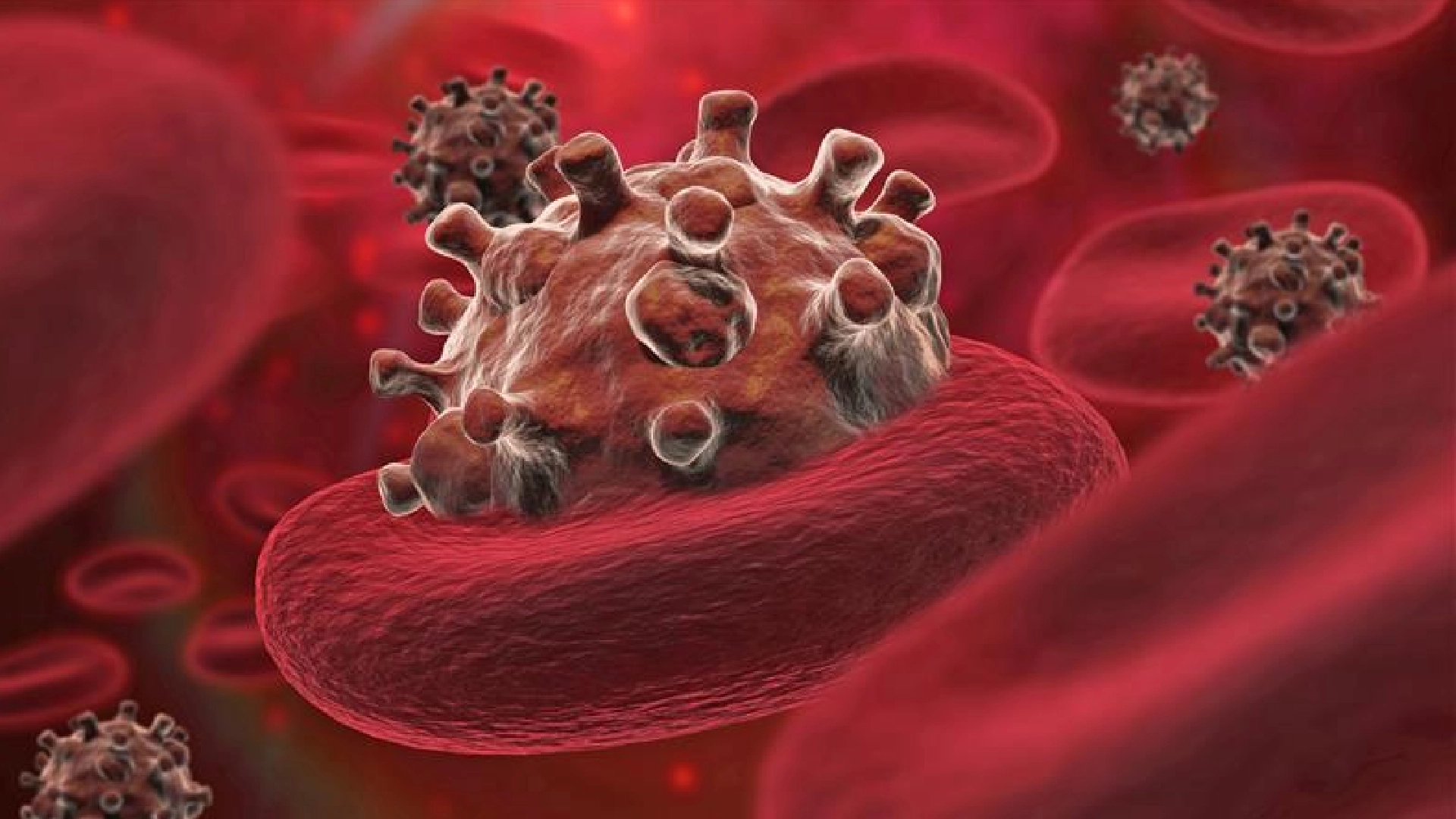- CANCER HELPLINE: 1800-22-1951
- 91 7317418888
- contact@drharshatreya.com
- CANCER HELPLINE: 1800-22-1951
carousel-slider domain was triggered too early. This is usually an indicator for some code in the plugin or theme running too early. Translations should be loaded at the init action or later. Please see Debugging in WordPress for more information. (This message was added in version 6.7.0.) in /home/locaqain/public_html/drharshatreya/wp-includes/functions.php on line 6121Acute Myeloid Leukemia (AML) is an aggressive form of cancer that originates in the bone marrow and affects the blood. In AML, myeloid stem cells that are supposed to become mature white blood cells, red blood cells, or platelets instead transform into abnormal, immature cells called myeloblasts. These immature cells then multiply rapidly and crowd out healthy blood cells, impairing the body’s ability to fight infections, control bleeding, and carry oxygen. AML progresses quickly, making early diagnosis and immediate treatment essential.
The prognosis for AML depends on several factors, including the patient’s age, the genetic profile of the leukemia cells, and overall health. In younger patients, with intensive treatment, remission is achievable in a significant number of cases.

The exact cause of AML is unknown, but several risk factors increase the likelihood of developing the disease:
Genetic Mutations: DNA mutations in myeloid cells can lead to abnormal cell growth and division, causing AML. Some of these genetic mutations can be inherited, while others may develop over time or in response to environmental factors.
Previous Cancer Treatments: Certain chemotherapy drugs and radiation therapy, especially those used to treat other cancers, can increase the risk of AML years after the initial treatment.
Exposure to Toxins: Long-term exposure to chemicals such as benzene (found in gasoline and certain industrial products) can raise the risk of AML. Exposure to high levels of radiation is also a risk factor.
Genetic Disorders: Some inherited disorders, like Down syndrome, Fanconi anemia, and Bloom syndrome, are associated with a higher risk of AML.
Age and Gender: AML primarily affects older adults, with the majority of cases diagnosed in individuals over the age of 65. Men are slightly more likely than women to develop AML.
Diagnosis of AML typically involves multiple tests to confirm the presence of leukemia cells and to identify the specific genetic mutations associated with the disease:
Blood Tests: A complete blood count (CBC) can show abnormal levels of white blood cells, red blood cells, and platelets. A peripheral blood smear may reveal immature myeloblasts in the blood.
Bone Marrow Biopsy: A biopsy allows doctors to examine bone marrow tissue for the presence of leukemia cells and to determine the percentage of myeloblasts.
Genetic Testing: Testing for specific genetic abnormalities can help tailor treatment to the patient’s type of AML and predict response to certain therapies.
AML requires aggressive treatment due to its rapid progression. The treatment plan is based on factors such as age, overall health, and genetic mutations. Key treatment options include:
Chemotherapy: Chemotherapy is the primary treatment for AML, typically given in two phases: induction (to achieve remission) and consolidation (to eliminate remaining leukemia cells). The drugs used in chemotherapy target fast-growing cells, aiming to destroy the cancerous cells.
Targeted Therapy: Some forms of AML can be treated with targeted therapies that focus on specific genetic mutations. For instance, drugs like FLT3 inhibitors are effective for patients with FLT3 gene mutations, while IDH inhibitors target the IDH1 and IDH2 gene mutations.
Stem Cell Transplant: For younger patients or those at high risk of relapse, a stem cell transplant (also known as a bone marrow transplant) may be considered. This treatment involves high-dose chemotherapy followed by the infusion of healthy stem cells, which can regenerate the bone marrow.
Clinical Trials: Patients may have access to clinical trials, which provide access to new drugs or therapies under study that could be beneficial, especially for those with treatment-resistant AML.
Supportive Care: Managing symptoms and side effects is essential. Blood transfusions, antibiotics, and medications to boost blood cell production may be used to alleviate symptoms and reduce infection risk.
© 2024 Harshvardhan Atreya. All Rights Reserved.